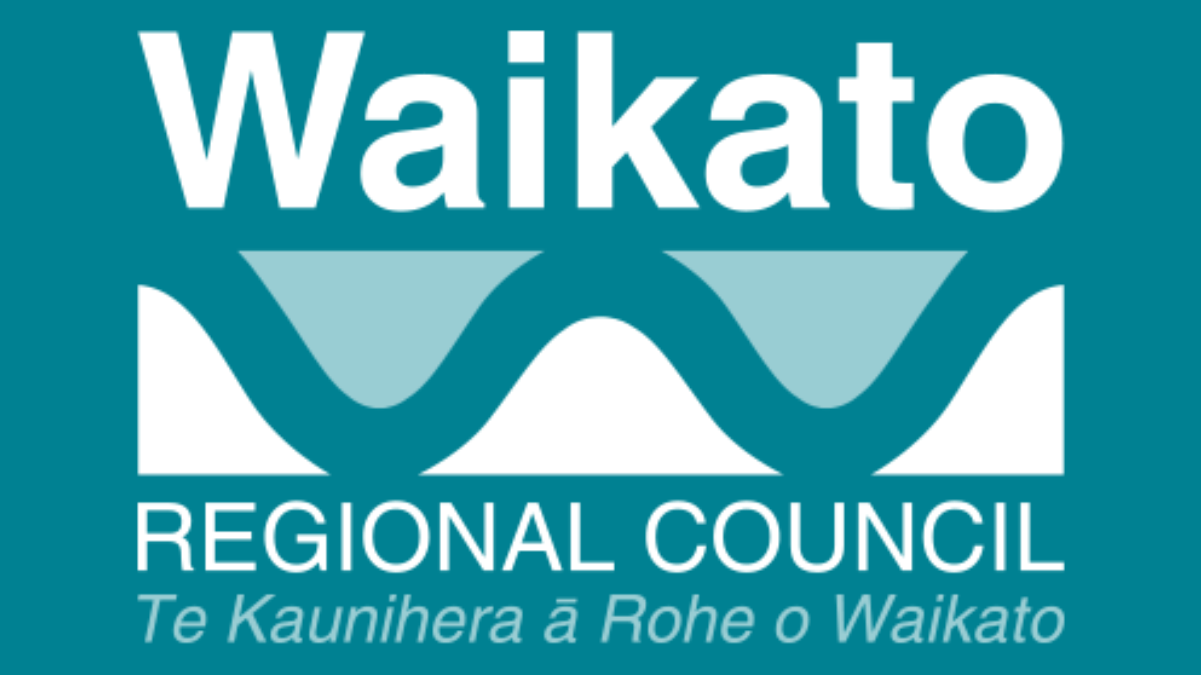Waikato Regional Council news
Waikato Regional Council’s Climate Action Committee has been steadily gaining momentum since it first met in February 2020.
Chair Jennifer Nickel told a June committee meeting that the release of the National Emissions Reduction Plan (May 2022) and the draft National Adaptation Plan (expected to be finalised in August 2022) meant the council could really crack on with its business.
Cr Nickel said this direction from central government would help turn the global issue into a local one and garner greater interest and engagement.
“With the national emissions reduction plan and soon the national adaptation plan, we can really start talking about regional and district and local versions of these things, which is when climate change becomes about our local landmarks that we know well and care about and the actions we can take, which will be really empowering.”
Cr Nickel said there were three stages to describe the decades’ long climate change conversation.
“There’s the first stage that thankfully we are now well past, which was the denial stage. Then there’s the foundational ‘getting going stage’ which is where we have been the past couple of years as we get our ducks in a row, and now we’re heading into that next stage when the masses want to have the conversation about how to adapt and reduce emissions in everyday life and want action on the ground.”
Since the committee first met in February 2020, the council, on behalf of the region, has (among other things):
· developed the Waikato Regional Climate Change Adaptation Guideline to help council staff and external practitioners plan for climate change adaptation and encourage a consistent approach across the Waikato
· supported submissions on the national emissions reduction and adaptation plans, and various other policies, bills and plans that require a climate change lens, for example the Natural Hazards Insurance Bill
· published a report on the most recent climate change projections for the Waikato
· developed a systems dynamic framework to help in the understanding of how the Waikato may be affected by drought and how it may respond
· started work with stakeholders to explore ways of reducing greenhouse gases in the Waikato
· purchased with Hamilton City Council the Transport 2030 tool to help quantify the carbon implications of regional transport investment decisions
· adopted the Climate Change Investment Strategy to take climate change considerations into account of its investments
· required climate change implications to be taken into account in all council decision-making
· developed the Climate Action Roadmap, an evidence-based discussion document that identifies nine priority pathways for our region and sets out the council’s direction in adaptation and mitigation
· led three-yearly inventories of greenhouse gas emissions in the Waikato.
Cr Nickel said work was also well underway on the development of the Waikato Regional Climate Change Risk Assessment.
The council has had stakeholders help identify climate change risks across the region, with these risks being further refined in stakeholder and iwi workshops. The iwi workshops allow for mātauranga Māori to be applied across the information that has been gathered.
In the meantime, Waikato Regional Council’s Corporate Emissions Reduction Plan remains on track for a 69 per cent reduction in greenhouse gases by 2030 compared to the baseline year in 2016/17.
“We have addressed the low hanging fruit very well and very quickly, but still have plenty of initiatives up our sleeves, such as decarbonisation of our fleet and solar on some of our buildings,” says Cr Nickel.
“And of course, as we mature to meet the new standard and include our scope 3 emissions in future, we will be seeking new innovative ways to continue to rise to the challenge.”
The provisional results for 1 July 2021 to 28 February 2022 show a 15 per cent reduction compared to the same period in 2020/21. For the year ending 2020/21, the council had reduced its carbon footprint by 44.4. per cent since 2016/17.
